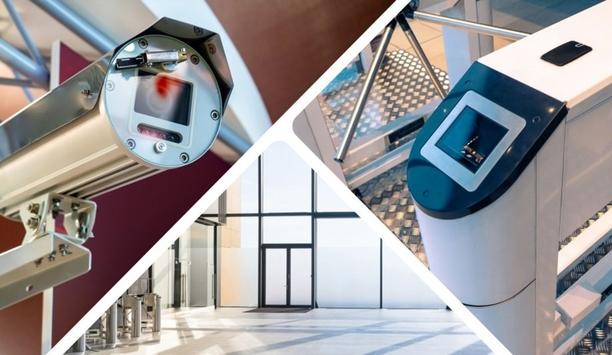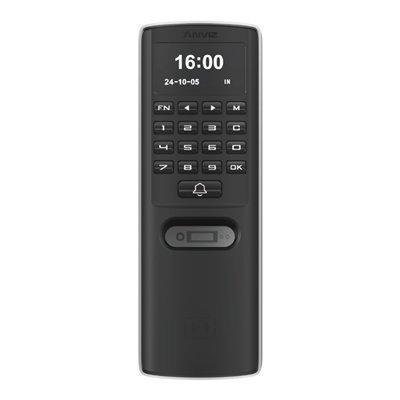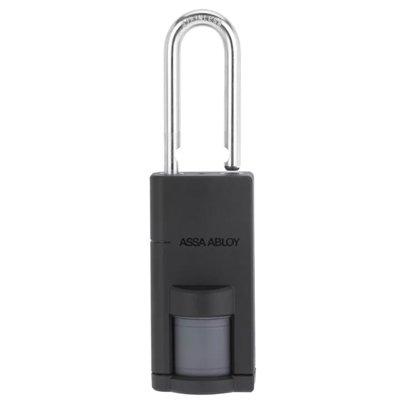How Can Security Manufacturers Improve After-sale Service?
Editor Introduction
What happens after the sale is complete, after the contracts are all signed and sealed? That’s when an abundance of variables can kick in – variables that can mean the difference between a successful security system or a case of buyer’s remorse. The features and value of equipment involved in a security system are well known before the sale closes, as hopefully are the integrator’s and end-user’s expectations about after-sale service. But what is the reality of after-sale service, and how can manufacturer’s make it better? We asked this week’s Expert Panel Roundtable: How can security system manufacturers improve their after-sale service for integrators and end users?
Customers' actual experiences with products and their perceptions of a product's quality are greatly influenced by the quality of support given to customers. In this industry, integrators generally try to provide tier-1 support, but in reality, manufacturers are key to providing support to all parts of the sales channel. One of the best ways manufacturers can improve support is having more of it, in terms of the number of support personnel in the field and the hours of phone support. Supplementing that with online resources such as white papers (especially on "best practices"), datasheets, troubleshooting guides and FAQs is key. Making support resources available on mobile devices is also a good idea. Lastly, help with product features and "how-to" directions should be built into the products. And the biggest way to make sure end users and integrators are satisfied with the level of support is to set the right expectations!
Security entrances can last over a decade and they directly impact traffic flows, so a “long game” approach is key. The truth is that success begins in the project planning and selection phase, when it is critical to clarify the objectives, the environment, and the constraints to make the right product choices and plan for long and trouble-free installations. Entrance manufacturers can improve long-term outcomes by providing technical and user training as well as planning materials early on to both integrators and end users. After installation, entrance manufacturers should provide a range of support services, including preventive maintenance service packages and extras like on-site training on daily maintenance routines. Finally, if an entrance malfunctions, it’s imperative to minimize downtime. Manufacturers should offer several ways to get support, such as web-based troubleshooting tools, live chat and phone assistance, a network of service technicians, and a quick turnaround on spare parts.
It's all about one thing: great customer service; and it starts from the moment an integrator makes contact with an end user. Manufacturers have a certain obligation to ensure that their integrators are fully equipped with the proper tools and knowledge to craft a solution that not only meets but exceeds the end user’s expectations. This includes providing ongoing support with the end user in mind. Manufacturers should strive to educate both integrators and end users through customer service-centric programs, such as in-person customized training seminars, educational webinars, regular communication on software and firmware updates, and any other pertinent information concerning the systems they have installed. All of these fall under continued “service,” which is critical for nurturing the relationships to ensure a long and successful partnership between all parties.
A key step to improving after-sales service is for manufacturers to offer high quality training and certification classes for integrators. If integrators are equipped with the knowledge and skills they need to effectively manage and maintain an install, it is more likely they’ll be able to anticipate and respond immediately to any post-install queries directly with the end user. If they do require additional support, manufacturers should also provide factory trained technical support that is regionally based, close to the customer, enabling them to move quickly to make sure the customer experiences minimal disruption to their business. Finally, customers need to be reassured that their solution is going to be easy to manage over the long term. That means easy and low-impact upgrade processes as the system evolves and intelligent diagnostic tools for preventative maintenance.
Expert and technical knowledge really makes the difference for integrators and end users. With increasingly complex integration with any number of systems (both security and others), this advice is key to ensuring systems work properly and to their full potential. Help guides are a particularly useful resource, giving guidance to the audience so they can find the solutions themselves. We find that video guides are especially useful, showing how things are done rather than just describing them. YouTube is a great way of disseminating this information – it’s easy to search directly or via search engines such as Google. It is also well-worth sharing these across your social media channels. A lot of information is gleaned via peer-to-peer advice, and video URLs can easily be shared throughout your customer community. Blogs and forums that offer advice and tips will always help to foster devotees of your brand and its products/services.
Editor Summary
Our Expert Roundtable Panelists agree that manufacturers have an important role to play in after-sale service, whether that role includes more support personnel, better phone support, more preventive maintenance, better training, or a variety of other factors. One Panelist mentions the need to manage expectations, and another Panelist points to a need for communication. There is always room for improvement, and manufacturers should perpetually seek out ways to enhance the overall customer experience. It’s one way manufacturers can differentiate themselves in a competitive marketplace.
- Related companies
- Vanderbilt Industries
- Boon Edam
- TDSi
- Future Fibre Technologies
- Oncam
- View all news from
- Vanderbilt Industries
- Boon Edam
- TDSi
- Future Fibre Technologies
- Oncam
Expert commentary
Security beat
Security bytes
- Getting To Know Dan Grimm, VP And General Manager Of Computer Vision At RealNetworks
- Big Wins And The Importance Of Showing Up: Insights From SecurityInformed.com Editor Larry Anderson
- Setting Goals, Business Travels And Radioactivity: Success Secrets From Tiandy's John Van Den Elzen
- Getting To Know Jeff Burgess, President/CEO At BCDVideo
The 2024 State Of Physical Access Trend Report
DownloadThe Security Challenges Of Data Centers
DownloadSecurity Practices For Hotels
DownloadSIA Identity and Biometrics Symposium
DownloadFacial Recognition
DownloadClimax Technology TouchPanel-3
Anviz M7 Palm Biometric Access Control
ASSA ABLOY Aperio P100 Padlock




















